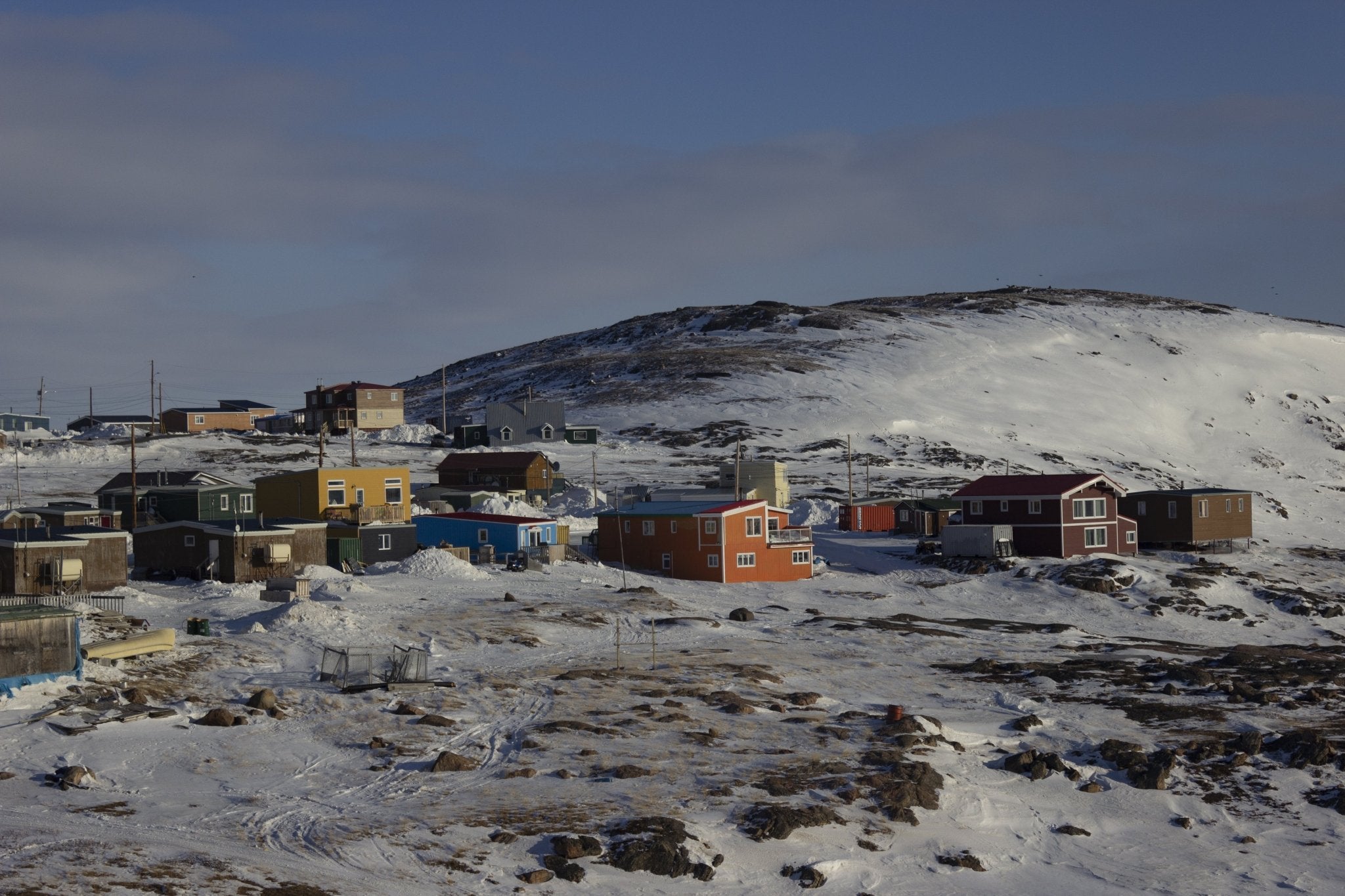
Food Insecurity in Canada's North
Imagine walking into the grocery store with your usual weekly budget, but you soon realize all you can afford is a few heads of wilted cabbage and a case of canned pasta – maybe a 70 dollar watermelon if you really feel like splurging. It sounds like some bizarre nightmare, right? But for those living in Nunavut, that’s the everyday reality.
The fact is, an overwhelming 69 per cent of homes in Nunavut face food insecurity, while 20-25 per cent of homes in the Northwest Territories and the Yukon face the same issue. That’s more than triple the number for Canada’s southern provinces, which average at 14 to 19 per cent.
And it’s no surprise Nunavut faces such issues with the staggeringly high price of food. An article in Business Insider documented the cost of everyday items, reporting a bag of grapes is priced at over 28 dollars and a bottle of Heinz ketchup is 17 dollars. It includes a photo, showing the contents of three bags of groceries. Its contents include: two boxes of stove-top stuffing, two browning bananas, flour, milk, and powdered juice, among a few other items. The price tag? 321 dollars in Coral Harbour, Nunavut.
There are many factors playing into Nunavut's food insecurities, with its distance and climate at the top of the list. For example, air freight is anywhere from 6 to 10 times more expensive than ground freight in other regions. Of the 103 communities in Nunavut, many do not have permanent roads, meaning food must be delivered by sea or air. A 2012 statistic states the annual cost of freight in various communities; it ranges from 1.62 million dollars in Gjoa Haven to 5.1 million dollars in the territory’s capital, Iqaluit. Not surprisingly, because of the distance food must travel during the frigid winters, produce often spoils and shrinks. As someone who has lived in Yellowknife, NWT, it was common to see people rushing home from the grocery store, for fear their food will get frost bitten before even reaching their house.
Additionally, there is the issue of building and maintaining stores, where workers are often flown in and housed during the store’s construction, says an NNC report. The hydro rate needed to run each store is 10 times higher than an average store in southern Canada and it’s all to serve a community a fraction of the size. Nunavut’s capital city, for example, is under 8,000 people (and one-eighth of those use the food bank each year) and the territory as a whole is home to just over 38,000.
Although wages in Northern territories are higher, it hardly matters when the unemployment rate is the second highest in the country (at 14 per cent) and a two-bedroom apartment sits at 2,600/month. Additionally, two-thirds of Nunavut residents say they cannot afford market housing without government or employer assistance.
Then there is of course the effects of colonization, which are ten-fold - one of those issues being the loss of traditional life, meaning many don't hunt or eat food from the land.
There seems to be many hurdles in the way of providing affordable and accessible foods, including the recent fire partially destroying Iqaluit's largest retail store. But all is not lost. The territorial government does have a plan to reduce food insecurity, based on six themes, including: encouraging residents to eat traditional foods from the land, promoting affordability and availability of store-bought food, and finding ways to produce food locally. Though it may not be enough, the federal government provides a subsidy each year to help offset food costs. There are things we can and should do as well on an individual level, like contribute to independent groups such as Helping our Northern Neighbours, which sends care packages to people up North. Writer Gloria Song wrote a great article for CBC on how to help, emphasizing the need for southerners to inform themselves on the reasons behind food insecurity and the history of the land.
As a former Northerner, I know the Canadian territories can seem like a separate world, but it's there, full of people needing attention and a helping hand.
Would you like to be the first to hear about our new products and more? Sign up for our Nature’s Path Newsletter.

